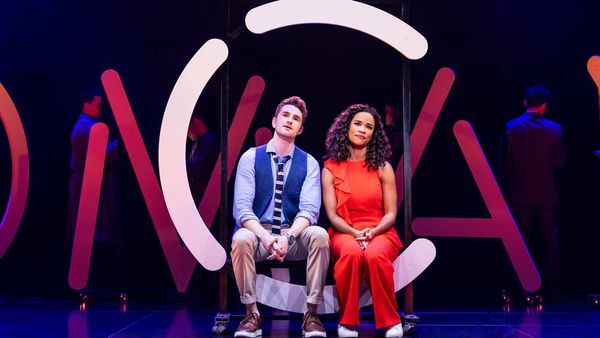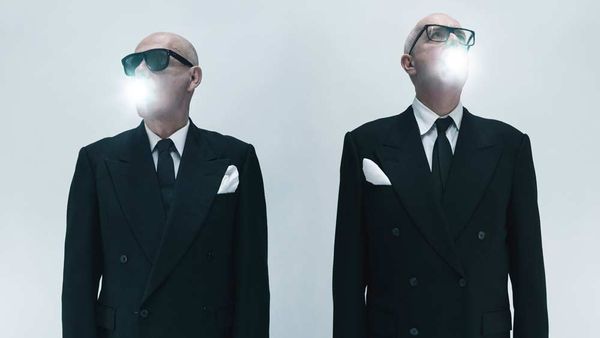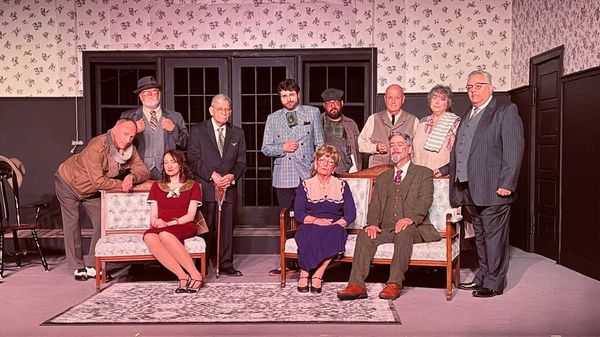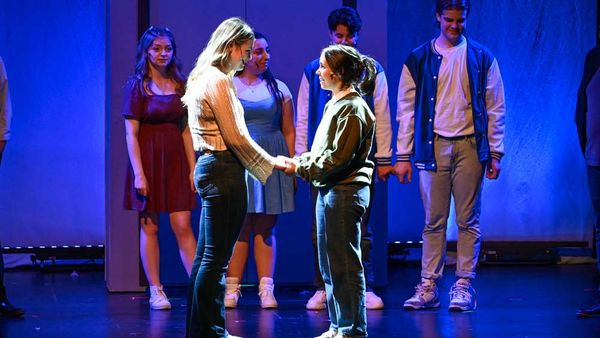October 12, 2018
The Haunting Of Hill House
Padraic Maroney READ TIME: 3 MIN.

"The Haunting of Hill House," a short story written by Shirley Jackson and published in 1959, has already been adapted multiple times for the big screen and even as a stage play. It's a story that every few years comes back into vogue and another new adaptation springs to life. Just in time for Halloween, Netflix has given Jackson's story new life as a television series.
It's not easy to create a horror show because you have to be able to sustain the horror and intrigue over a full season or more. For every good season of "American Horror Story" there has been an equally bad one, and for every "Harper's Island" (one of the best examples of a horror/slasher show), there's a "Scream: The TV Show."
Mike Flanagan ("Occulus," "Hush") and Netflix have been smart in the development of their series. "The Haunting of Hill House" examines the things that go bump in the night, just as much as they reveal the inner demons haunting the family that stayed in Hill House. Using the story in only the loosest of terms, the result is a haunted house version of "This Is Us."
Told with a generous helping of flashbacks, "Hill House" alternates between multiple timelines. During the first handful of episodes, you get to see the same few days play out from the point of view of each of the five Crain family sibling before a tragedy brings them back together. The episodes jump back and forth from present day to the family's time in the house and the different phenomena that each of the kids experienced before the family ran out of the house in the middle of the night, never to go back.
Flanagan, who has made his name in recent years in horror circles with a couple of effectively creepy films, is the driving creative force behind the show. He shows reverence to the source material, even if it is only loosely used, with a number of hidden Easter eggs thrown in to honor both the author and its legacy.
He's written and directed all of the episodes for the first season, which helps to ensure there is a cohesive and well thought out plan for both the creative direction and level of quality. He even flexes his directorial muscles, implementing different styles during some of the episodes, like the sixth episode, which consists of mostly one long shot and unfolds as if it were being performed a play. It's an important distinction, because the episode also serves as the turning point of the season as the siblings, as adults, are all brought together for the first time.
Much like Ryan Murphy, Flanagan has assembled an ensemble troupe of his usual players, with much of the cast having worked with him before. This includes Katie Siegel, his wife, who has mostly appeared in her husband's projects – until now. As empathic and out sister, Theo, Siegel is given the most to play with and shines throughout. She's playful and fun, in a series where many of the characters are too haunted to do so.
Unfortunately, through the first six episodes reviewed, Carla Gugino, as the matriarch of the family, is woefully underused. Worse, she is saddled with some of the clunkiest dialogue. Much of her time is spent calming the children down after something scary happens and reassuring everyone that nothing in the house wants to hurt them (spoiler alert: It does). The are suggestions that her presence and importance will expand over the back half of the season, but unlike the malevolent specters in the house, that hasn't materialized quite yet.
"The Haunting of Hill House" starts off with a slow burn during the initial episodes, but has enough hints of intrigue to keep you coming back to find out more. Smartly, Flanagan didn't front load the season with too many scares, as happens a lot, only to see the subsequent episodes unable to sustain the momentum. He's created a creepy story and peppers in the jump scares at just the right moments to make sure that you'll want to keep making a return visit to this house!




